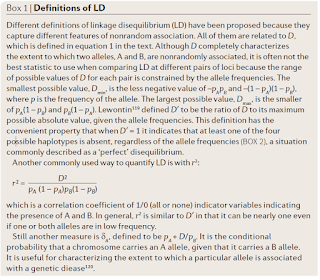Problem:
Giving two dates calculate the number of years between them.
Preamble:
This seems a trivial problem BUT it is not: you could take the year of each date subtract them and if > 0, then if the month of the second date is smaller than the first, add -1, and if it is equal, check the day. What could possibly go wrong?
First and more important, there are zillions of date formats and some very difficult to parse with RE. Then comes the problem that you would like to see the difference in years forward... and backwards!! and probably you would like to show the years with decimal point, so you need to count days .... and so on, and at some point your script would need to report days and months, that is life!.
Solution:
This is a task for the industry grade CPAN's
DateTime family modules in Perl.
DateTime::Format::xxx is a family of modules specialised in parsing and formatting any date format you can imagine. Then you can calculate things with
Date::Calc or
DateTime::Duration.
#!/usr/bin/env perl
=head1 [progam_name]
description: Calculate years between dates (two dates or one date and current time)
=head2 First version
a file with three columns (id, start date, end date)
- parse the date
| strptime($strptime_pattern, $string)
| Given a pattern and a string this function will return a new DateTime object.
| %F
| Equivalent to %Y-%m-%d. (This is the ISO style date)
- check that first date < last date
- output years as a new column
=cut
use feature ':5.10';
use strict;
use warnings;
use Getopt::Long;
use DateTime::Format::Strptime;
use File::Slurp;
my $prog = $0;
my $usage = <<EOQ;
Usage for $0:
$prog [-test -help -verbose] file_with_dates_in_column_2_and_3
EOQ
my $has_header =1;
my $file_status;
my $file = shift;
my $fmt = DateTime::Format::Strptime->new(
pattern => '%F',
locale => 'en_US',
);
# take care of windows end of line in a linux machine (need both chomp and s/\r$//)
my $dates = [map{chomp;s/\r$//;[split /\t/]} read_file($file)];
my $header = shift @$dates if $has_header;
my $line;
foreach my $date_aoa (@$dates) {
# get the DateTime objects
my $start = $fmt->parse_datetime($date_aoa->[1]);
my $end = $fmt->parse_datetime($date_aoa->[2]);
unless ($start || $end){
die "Error parising id '$date_aoa->[0]' at line $line\n"
}
# get a DateTime::Duration object (that is automatic when doing math with DateTime objects)
my $dur = $end - $start;
$date_aoa->[3] = $dur->years;
$line ++;
}
print_result($dates);
sub print_result {
my ($dates) = @_;
say join("\n", map{join("\t",@$_ )}@$dates);
}
Some Links:
The question
http://stackoverflow.com/questions/6549522/how-to-make-datetimeduration-output-only-in-days and its answer
http://stackoverflow.com/a/6550372/427129 are also interesting
http://stackoverflow.com/questions/821423/how-can-i-calculate-the-number-of-days-between-two-dates-in-perl
http://stackoverflow.com/questions/3055422/calculating-a-delta-of-years-from-a-date
http://stackoverflow.com/questions/8308655/how-to-find-the-difference-between-two-dates-in-perl
http://stackoverflow.com/questions/3910858/using-perl-how-do-i-compare-dates-in-the-form-of-yyyy-mm-dd
http://datetime.perl.org/wiki/datetime/page/FAQ%3A_Date_Time_Formats#How_Do_I_Convert_between_Date::Manip_and_DateTime_Objects_-6
The Many Dates and Times of Perl





